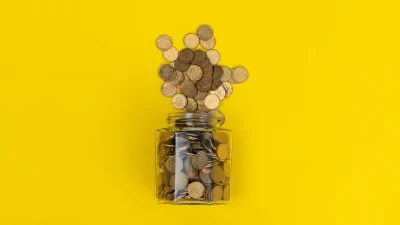Re-generative agri alternate asset to equities



Financial advisers with high new worth clients and family offices can look to re-generative agriculture investments as an alternative asset class that does not correlate to equity markets.
Packhorse Pastoral Company, the regenerative agriculture business chaired by Hyperion’s Tim Samway, said more advisers were looking to this asset class as there was a lack of correlation to equity markets, positive long-term returns on agriculture property with the income yield.
Packhorse’s regenerative agriculture project allowed the business to acquire Australian carbon credit units (ACCUs) from the Government if it was able to move carbon dioxide from the air and into the soil. The ACCUs were saleable, and the Government bought around 90% of them at current market price which had doubled in the last six months.
Samway said while the investment was largely initially geared towards institutional investors, high net worth individuals were now taking interest.
He said during the last round of funding there were investors who were interested but wanted a liquidity option.
“If you're a family office this is an easy investment because we've added a liquidity option in now so that investors are able to participate in an annual buyback of shares. It’s an unlisted public company so we can do an annual buyback of up to 10% of the equity for anybody who really needs liquidity,’ Samway said.
“This is a long-term investment for sophisticated investors so you shouldn't come into this for a trade but sometimes things happen and people need cash.”
He said this kind of investment had much more predictable returns and investors were looking for alternatives that gave a much higher yield than bonds.
“I've heard a number of high net worth and family offices say the words to me ‘we don't own a single bond. This is going to be our alternative to owning bonds’.”
He said the over the last seven years the investment had returned 22% per annum but that the high return was during a period of super charged property prices.
“We think in the longer term the number is more like sort of 8% to 12%, not 22%. But we've been doing 22%.”
He noted he had been seeing a number of baby boomer family offices with children in their 30s who wanted to invest in something that made them feel good given they would living in a world with higher temperatures.
“My position for years has been, you can have whatever position you like on whether manmade climate change is real. I mean, for the record, I believe completely that we've changed our climates,” he said.
“But it doesn't matter what you believe because all the smart money I can is moving away from the danger zones and towards the safe zones and so they're divesting from coal. They're looking at how they divest other fossil fuels – they're moving towards companies that are carbon light and looking at their levels of transition risk. They're actually looking at risky companies that can fix their risk.
“These companies are certainly very focused on the offset market as an opportunity. So, there are businesses cropping up now that are actually buying ACCUs for wealthy individuals just buying the ACCUs directly and tokenising them through blockchain.”
Samway said capital markets were getting very serious about climate change and were penalizing fossil fuels business by denying them capital and putting it into renewable resources.
Recommended for you
Evidentia’s chief investment strategist Nathan Lim has announced his retirement after a 30-year career.
GQG Partners has marked its fifth consecutive month of outflows as its AI concerns lead to fund underperformance but overall funds under management increased to US$166.1 billion.
Apostle Funds Management is actively pursuing further partnerships in Asia and Europe but finding a suitable manager is a “needle in a haystack”.
Managed account provider Trellia Wealth Partners, formed from the merger between Betashares and InvestSense, has appointed its first managing partner.










